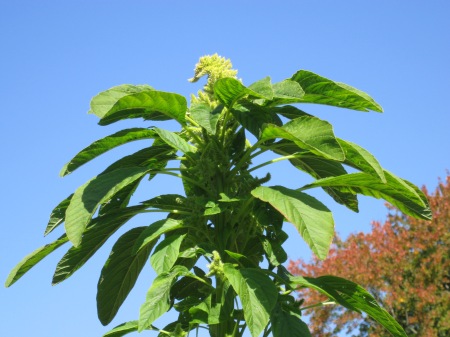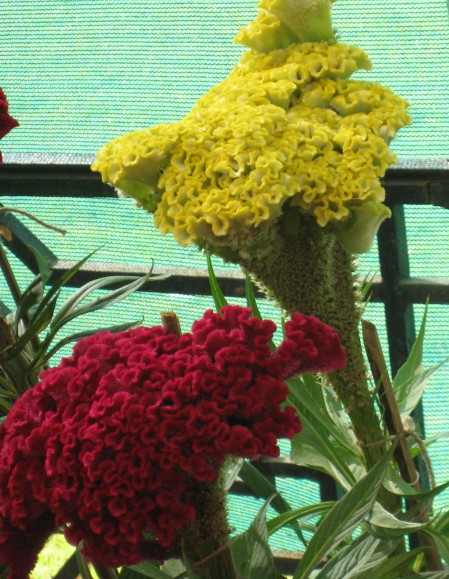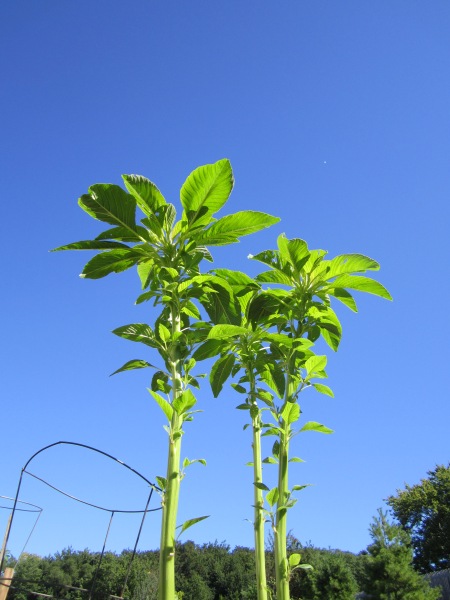Thanks to all of the readers for their interest and support over the last seven years since I first started this blog. Wishing you all a very healthy, happy and prosperous New Year! And A Happy Makar Sankranti!
Makar Sankranti holds a very special meaning to me. This year in particular I remember our India trip of five years ago during Makar Sankranti. Please see my earlier entries posted on January 14, 2008 and January 14, 2012. I would like to welcome 2014 with the following pictures depicting my favorite fruit anar and sesame candy.



















